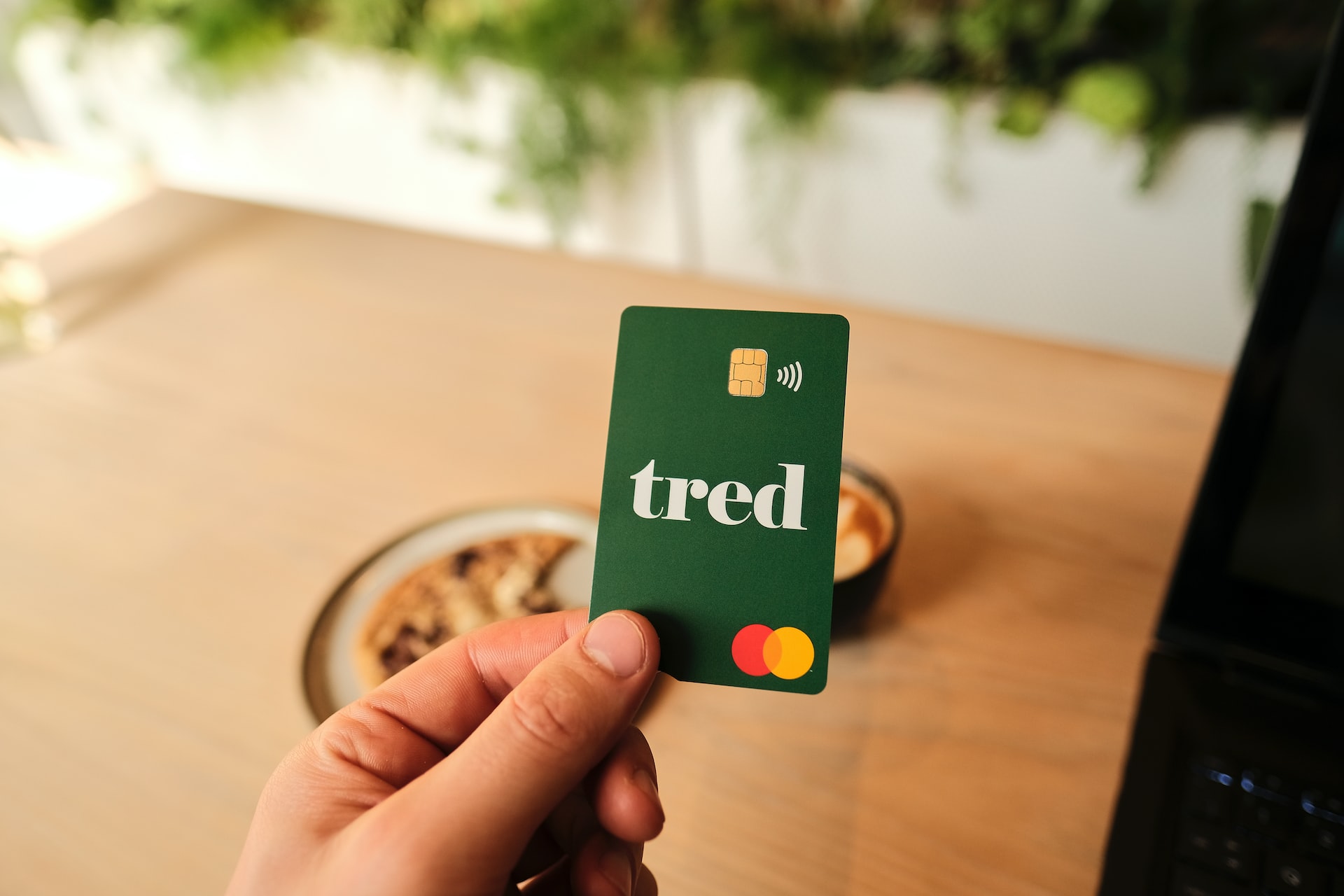Ever since the first debit card hit the market in 1966, these financial instruments have taken off. A 2020 Nelson Report estimated that over 7 billion credit cards, debit cards, and other cards are in circulation. The wide appeal of these cards makes sense. You can use a debit card to make payments via your bank account instead of digging into your pocket for spare change. Debit cards simplify financial transactions, but they can get lost or expire. So what happens if you need a new one? We’ll share some important details about getting your first or next debit card.
What is the Typical Cost of a New Debit Card?
If you want to get a debit card but are worried about affording it, you’re in luck. Most financial institutions provide free debit cards, but you may end up paying money if you request expedited delivery.
How Long Does It Usually Take to Get a New Debit Card?
Most debit cards arrive in the mail within 10 business days. If you can’t wait that long, most banks have expedited shipping options with varying costs. In addition, some financial institutions provide a digital version of the card you can use while the physical card is on the way.
Common Process How to Get a New Debit Card
Aspiring debit card holders and people seeking a new card will have to complete the same process. Follow these steps to get your new debit card.
1. Choose Your Provider
Many banks and financial institutions offer debit cards. Consumers can compare fees, perks, and other incentives to determine the best debit card for their needs. Some debit card providers don’t stop with debit cards. Many of them provide a suite of financial products, such as crypto investing, cash advances, and credit-building programs for consumers who want good credit. When you select a debit card provider, you become a part of their entire ecosystem, not just the debit card.
2. Open an Account
This step isn’t an issue for people who already have an account with their provider. However, some consumers will work with another bank or need to create a bank account for the first time. You will need to create a checking account to obtain a debit card. Once you create the account, make sure it has enough money to support purchases. You don’t want to incur any overdraft fees by mistake. You don’t have your debit card yet, but it’s better to be prepared.
3. Request a Debit Card
Most financial institutions let consumers choose between customer service and following an online process to request a debit card. The provider will ask for some personal information before they ship the debit card. You may have to provide the following:
- Government-issued photo ID or driver’s license
- Social security number
- Birth certificate
- Passport
- Proof of address — a utility payment, bank or credit card statement, mortgage document, or lease document can act as proof
The debit card provider will then ship your card. Each bank has different guidelines, but most can deliver your debit card within 10 business days. You will have to wait for the debit card to arrive before following the next step.
4. Activate Your New Debit Card
Debit card holders must follow one final step after receiving their card in the mail. You will have to activate it by setting a PIN (Personal Identification Number). Cardholders can establish a PIN by calling customer service. However, some financial institutions let consumers activate their cards via mobile apps and bypass customer service.
Why Choose a Virtual Debit Card Instead
A virtual debit card has many advantages over its physical counterpart. Here are some common reasons consumers are increasingly shifting to the virtual format.
Get It Instantly
Virtual debit cards are more convenient than debit cards. You don’t have to wait up to 10 business days for your card to arrive in the mail. Instead, you can start using the card upon approval. Receiving your debit card right away is less stressful and allows you to skip expedited shipping costs for an urgent debit card request.
More Affordable
Virtual and physical debit cards are both free to receive, but you can save on expedited shipping. You can also find virtual debit cards with no fees. Some virtual debit cards are part of fintech companies that offer unmatched advantages over traditional banks.
Enhanced Security
A physical debit card can get lost or stolen. You can forget the card at the restaurant or realize hours later that it fell out of your pocket. However, physical debit cards come with some protection since someone would also need your PIN to purchase items with your card. A virtual debit card doesn’t have the risks of a physical card, but it has additional protection.
Virtual debit cardholders can instantly replace their debit card if someone obtains their information. Replacing your physical debit card is a more complicated process, and someone can spend it at will. Physical debit cards offer some protection from fraudulent use, but they pale in comparison to credit cards and virtual debit cards.
Virtual debit cardholders can also block their cards at any time through their computer or mobile device. You can use your virtual debit card to buy products and then block the card after using it. You can then unblock your card before making another purchase. This feature allows you to block your card at all times except for when you make purchases. You will have to manually block and unblock your virtual debit card each time for this process, but having this extra feature can add peace of mind.
Better Self-Control
When you have a debit or credit card, it’s easy to lose control. Financial transactions are seamless, and this can result in some people feeling too comfortable spending money and accumulating debt. Some financial experts recommend bringing paper cash to grocery stores if you have a more difficult time maintaining self-control with these cards.
A virtual debit card provides the same convenience as physical cards, but they also come with self-control features. You can set daily spending limits so you don’t go overboard. Knowing you have a limit will make you more conscious of each purchase. You can also set purchasing limits for specific merchants. This protection can help you avoid overspending, and avoiding a mountain of debt can improve your credit score.







